Sign up for the Guardian Today US newsletter
California’s decision to lift its stay-at-home order is drawing backlash from health experts and frontline workers who warn that a premature reopening could prolong the crisis and further devastate hard-hit communities.
Citing projections that hospital capacity would improve in coming weeks, the governor, Gavin Newsom, announced Monday that he was rescinding the statewide shutdown order. The move returned counties to a tiered system of localized reopenings and allowed certain sectors to partially resume business, including salons, restaurants and churches.
“Have we not learned anything?” said Marcia Santini, a nurse at the University of California, Los Angeles (UCLA), medical center, who was infected and hospitalized with Covid-19 last month. “A fireman doesn’t put out half of a fire and hope the rest goes out on its own. Our numbers will shoot back up again and we’ll just keep infecting each other.”
California extends eviction moratorium to June as Covid-19 devastates state
Read more
The easing of restrictions comes at a time when numerous regions, Los Angeles in particular, are still grappling with the effects of an astronomical surge in Covid cases, which have only just started to trend downward. Local healthcare systems have been pushed to the brink of collapse, the funeral industry is faced with a horrifying backlog of thousands of corpses and epidemiologists fear that new Covid variants in the state could be more transmissible and deadlier.
Newsom said his decision was based on the fact that intensive care unit capacity is on track to be above 15% in four weeks. The revived tier system means many counties with high case rates still have significant restrictions in place, and local authorities can set their own rules.
But officials in LA, one of the worst Covid hotspots in the US, are following the state guidelines and relaxing rules, allowing outdoor dining, indoor personal care services at reduced capacity, outdoor fitness activities and hotel booking for leisure travel.
While there are signs of improvement after two months of relentless, record-breaking infections and deaths in LA, the rates are still exponentially higher than they were in the summer 2020 peak. Many hospitals in LA county are at full ICU occupancy, and the rate of more than 200 deaths a day is higher now in LA than it was when Newsom adopted the stay-at-home rules in December.
Without meaningful government aid, businesses and unemployed workers have been suffering huge hardships due to shutdowns. And officials have insisted the rules for reopening would keep people safe. But even if the outdoor activities are relatively lower risk, experts said they were worried the announcements were confusing and could send the wrong message.
“Everybody is having problems at this point keeping everything straight. For California, it’s been in and out of strict lockdowns a few times now,” said Celeste Kidd, an assistant professor of psychology at University of California, Berkeley. Most people would perceive the reopening headlines to mean that the numbers are much better and that the newly allowed activities carry minimal risk – neither of which is true, she added: “We’re not out of the woods and there are still high rates of infection.”
The rollout of the news was also sudden and haphazard, first leaked Sunday night in an email from the state’s restaurant lobby to members. Eric Garcetti, the mayor of Los Angeles, said he learned of the changes at the same time as the public. Kidd said she first heard it in an email from a barbershop that said it was back to scheduling appointments.
Dr Seema Yasmin, the director of the Stanford Health Communication Initiative, said she talked to four northern California residents who all had different interpretations of the new regulations. She also noted that just one day prior to the news, officials were saying that ICU projections were not good enough for lifting restrictions in multiple regions: “I’m concerned that lifting the stay-at-home order signals broadly that things are moving in the right direction, when I don’t think they are.”
The state has repeatedly reopened too soon, which can exacerbate the crisis, said Dr Peter Katona, professor of medicine at UCLA: “We never allow the rates to actually go down to a manageable number.”
Santini, the nurse, said it was especially frustrating considering the state’s slow vaccine rollout: “Let’s first get more people vaccinated, so we don’t have to go through this ‘open and close’ and ‘open and close’ again.”
Sometimes it feels like we are putting the economy over lives
Alex Sanchez
The virus has also been disproportionately devastating for Latinos and Black Americans in the state, with worsening inequities in LA in the latest wave. That means the people most at risk of suffering further were people of color, undocumented immigrants, and essential workers and their loved ones, advocates said. And some now forced to go back to work are still ineligible for vaccines.
“It’s heartbreaking. Sometimes it feels like we are putting the economy over lives,” said Alex Sanchez, an organizer with the Garment Worker Center in LA, who was recently hospitalized for two weeks with Covid and is still dependent on supplemental oxygen. He said he was infected after his son, an Amazon warehouse worker, contracted the virus, adding: “I’m a 44-year-old healthy male with no pre-existing conditions and it pretty much almost killed me.”
He said he was worried for healthcare workers dealing with severe trauma: “Nurses are having panic attacks and breaking down because of all the sickness and death they are seeing.”
While there are significant unknowns about the Covid variants circulating in California, experts agree that mask-wearing, social distancing and avoiding gatherings are even more crucial now. San Diego in southern California is already a known hotspot of the variant that originated in the UK, which researchers now believe is more contagious and deadlier. A new variant discovered in California could also be contributing to the surge here.
“The emergence of these new variants is more a call for us to double down and recommit to the behavior we need to do right now,” said Paula Cannon, a professor at the University of Southern California school of medicine.
‘A slow drip versus an explosion’: inside California’s divided Covid reality
Read more
She said she was sympathetic to suffering businesses and government officials trying to restart the economy, but noted that the risks were still serious. “As a virologist, would you get me outdoor dining or going into a salon? No. Would I let my family do that? No. The risk to me personally and to the broader community is too high.” She said she was especially worried about people dining out with members outside their household.
With so much community spread, the virus could also have more opportunities to continue mutating, potentially giving rise to new and more dangerous variants, warned Anne Rimoin, an epidemiologist at UCLA, adding that “actives that were once considered low risk, like going to the grocery store or going to an outdoor restaurant now carry more risk”.
There are also still unanswered questions about how vaccines would protect residents against the new variant, Yasmin added.
Newsom, a Democrat, has faced backlash and lawsuits from the restaurant industry and is now the subject of a recall campaign from conservative groups who have protested shutdowns. Asked if his reopening plans were a response to political pressures, the governor said the suggestion was “utter nonsense” and that he was following the science.
Maanvi Singh contributed reporting


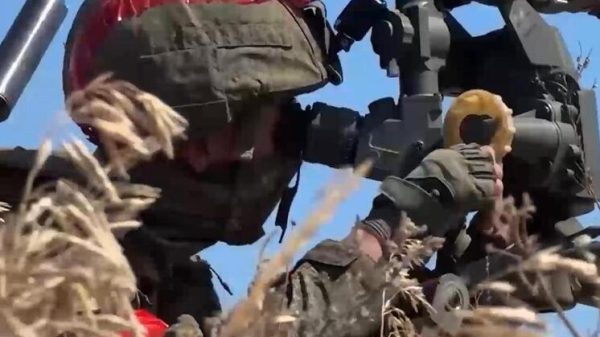
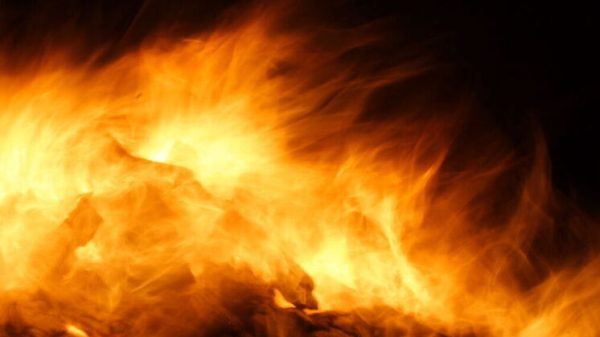



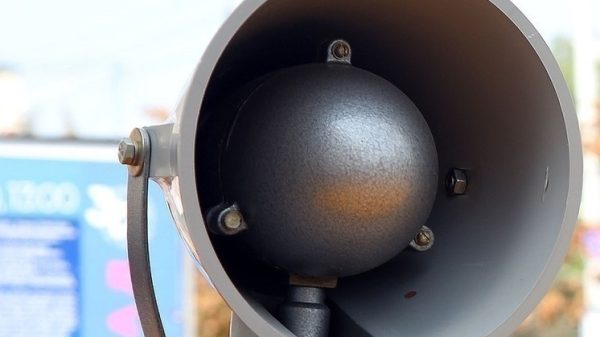
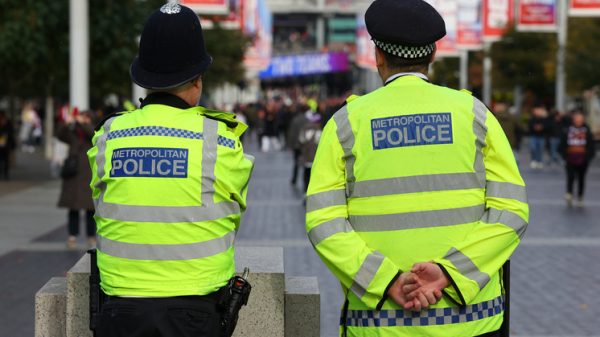
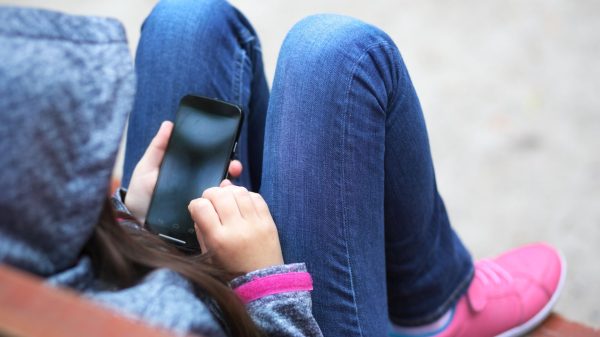

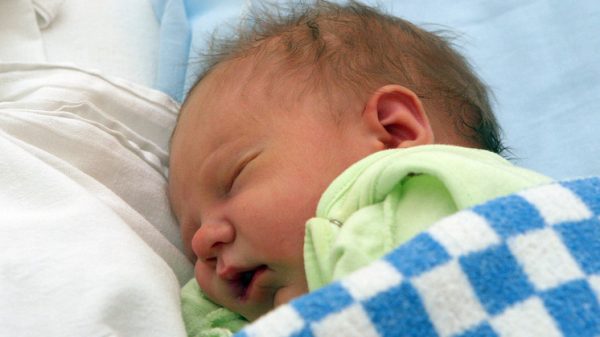
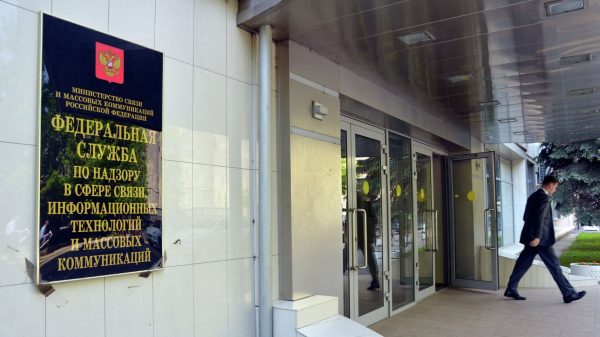
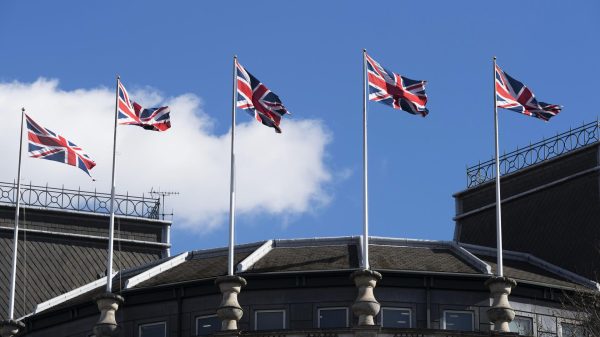





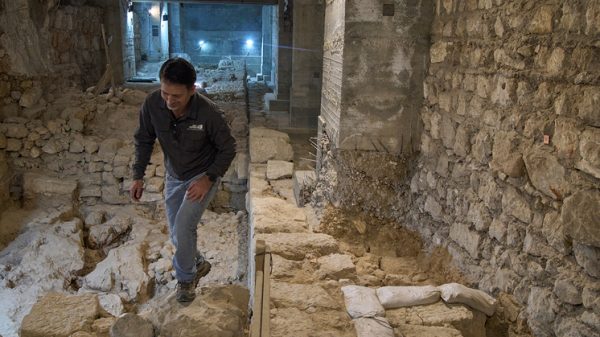
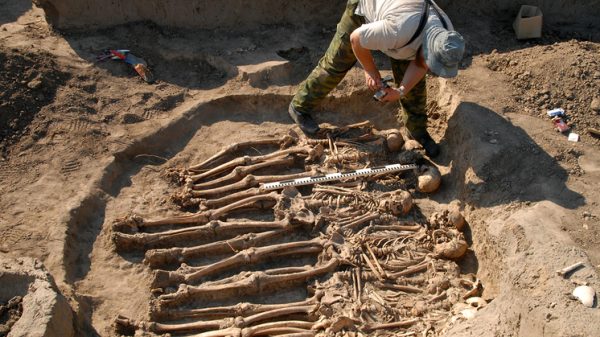
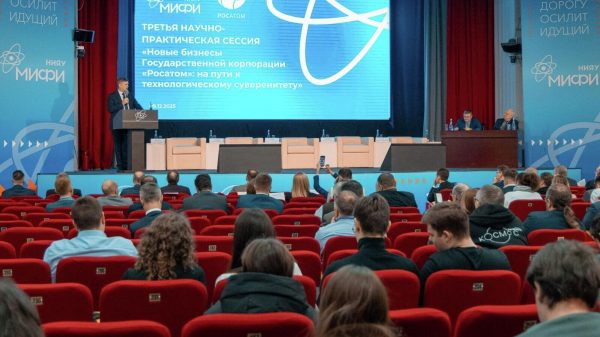













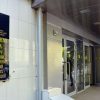
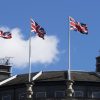















Свежие комментарии